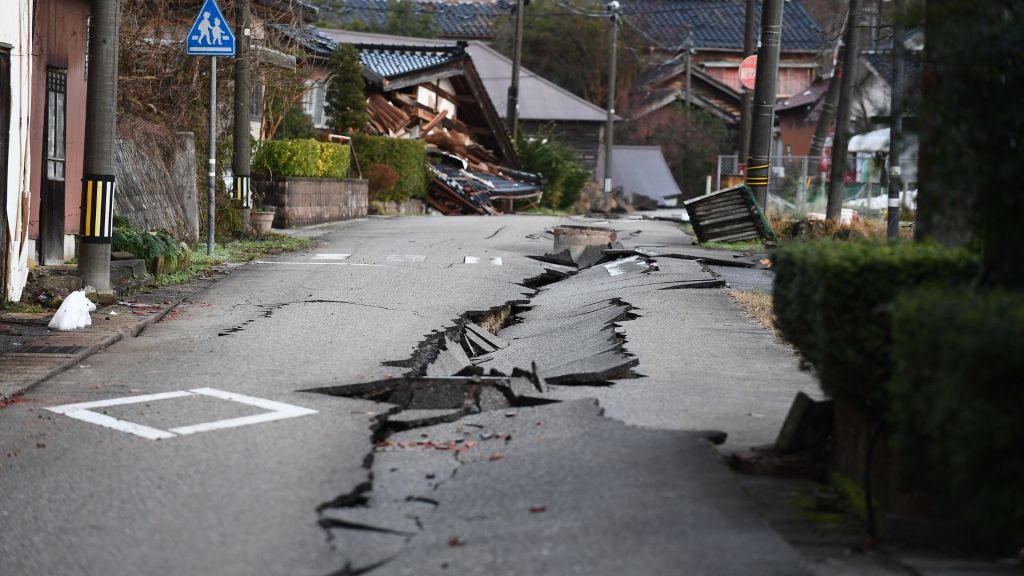Dengue Threat Rises for Children During Monsoon Season in Bangladesh

As Bangladesh enters its monsoon season, a renewed surge in dengue fever cases has experts sounding the alarm—particularly for children, who remain highly vulnerable. While adults still make up a large share of infections, hospitals across Dhaka, Chattogram, Khulna, and Barishal are now struggling to accommodate an increasing number of child patients.
A Looming Public Health Crisis
According to recent data, 14,460 people have been infected with dengue so far this year, with 55 reported deaths. In 2024, the disease claimed 575 lives and hospitalized over 100,000 people. The previous year, in 2023, saw even higher casualties, with 1,705 deaths and more than 321,000 hospitalizations. This year, the virus is spreading earlier than usual—raising concerns among health professionals that a major outbreak may be imminent.

Children are particularly at risk. Their symptoms are often hard to identify early, and many cannot articulate how they feel. By the time symptoms escalate, they may already be in a critical phase.
Recognizing the Three Phases of Dengue in Children
Dengue fever typically progresses through three stages:
- Febrile Phase: High fever lasting 2–3 days or more.
- Afebrile (Critical) Phase: Fever subsides, but this is the most dangerous period, with risks of plasma leakage, bloating, or internal bleeding.
- Convalescent Phase: Rash appears and recovery begins over the next 4–5 days.
Parents must be especially cautious during the afebrile phase, as symptoms may appear to improve even while the child is deteriorating internally. This phase can lead to severe complications, including dengue shock syndrome.

Key Symptoms in Children
Dengue should be suspected if a child develops:
- High fever (up to 104°F)
- Weakness or reduced appetite
- Nausea, vomiting, or diarrhea
- Absence of cough or cold symptoms
- Red rashes, irritability, and continuous crying
- Decreased urination for over 6–8 hours
- Drowsiness or unusual fatigue
Unlike common flu, dengue does not usually begin with sneezing or coughing. Eye redness and body aches are more pronounced, and symptoms often worsen quickly.

What Parents Should Do
At the first sign of fever, consult a doctor rather than assuming it’s just a seasonal cold. Medical professionals recommend:
- NS1 Antigen Test: Within the first 1–2 days of fever
- Dengue Antibody Test: After 5 days if fever persists
- Complete Blood Count (CBC): To monitor platelet levels
Children should be kept hydrated, rested, and monitored closely. Parents can help by offering soft foods, fresh juice, and platelet-supporting fruits. Even if the mother is infected, breastfeeding can safely continue.
If symptoms persist even after the fever drops, immediate hospitalization may be necessary. This is often when complications begin.
Flu or Dengue?
Distinguishing between common flu and dengue is critical:
- Flu: Begins with sneezing, coughing, and cold, followed by fever.

- Dengue: Starts with sudden high fever, no respiratory symptoms, and strong body aches.
Red eyes, persistent weakness, and group infections (entire households) usually indicate the flu. Dengue tends to strike individuals more severely and suddenly.
Prevention is Better Than Cure
The primary method of dengue prevention is vector control. To protect children:
- Eliminate stagnant water where Aedes mosquitoes breed
- Use mosquito nets, especially for infants
- Dress children in light-colored, full-sleeve clothing
- Apply mosquito repellent creams
- Spray surroundings regularly

During infection, children should drink plenty of fluids, rest adequately, and consume vitamin-rich, easily digestible foods. Parents can gently massage sore limbs to relieve pain.
Your Awareness Saves Lives
Dengue spreads aggressively during the rainy season, and children—with their weaker immunity and inability to express symptoms—are at heightened risk. While there is no antiviral treatment, early detection and prevention are key.
Being alert to warning signs and taking swift action can mean the difference between recovery and crisis. In this critical time, parental vigilance is not just a responsibility—it’s a lifeline.






















